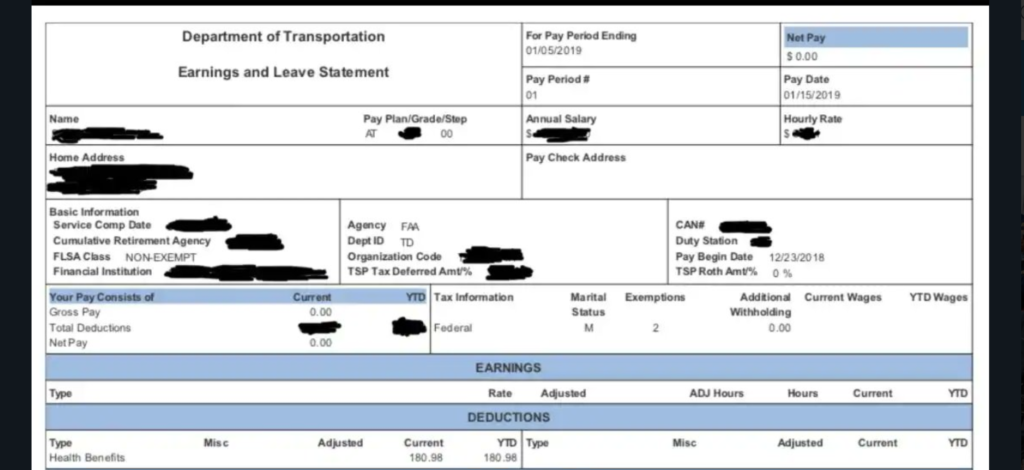Longest Shutdown In History. Great Job America.
12 Jan, 2019
The partial government shutdown is now the longest in American history.
The shutdown entered its 22nd day on Saturday, surpassing the previous 21-day record set in late 1995 and early 1996 during the Clinton administration.
Nine federal departments and several smaller agencies – one-fourth of the federal government – remain closed as the standoff barrels into its fourth week with no end in sight.
Members of the House and the Senate both went home to their districts on Friday and won’t return until Monday, guaranteeing that parts of the government will remain closed at least through early next week.
Here’s what to know about the situation.
When will it end?
Hard to say.
President Donald Trump is threatening to declare a national emergency so he can access federal funds to build a wall along the U.S.-Mexico border. That would allow the government to reopen since the shutdown stems from a budget battle between the White House and congressional Democrats over border wall funding.
But exactly when Trump might invoke an emergency isn’t clear.
Trump suggested during a trip to the border in Texas on Thursday that an emergency declaration could come at any time if negotiations with Democrats fail to yield a deal on his demand for $5.7 billion in border wall funding.
But Trump played down the prospects of an imminent emergency declaration on Friday, saying he wasn’t “going to do it so fast.”
A sign that he’s serious about declaring an emergency: The Pentagon is already preparing options to build barriers along the southern border if Trump does declare a national emergency there. An emergency declaration would allow the Army Corps of Engineers to design barriers and allow contracts to build them.
An emergency declaration by Trump would be certain to face legal challenges that could drag on for years. But it would give the president an exit strategy from the budget impasse and end the government shutdown.
What has been the impact?
The shutdown has rippled across the country since it started Dec. 22.
On Friday, some 800,000 federal workers missed their first paycheck since the shutdown began. The employees have been forced to take unpaid leave or work without pay, leaving many wondering how they will pay their mortgage or rent, make car payments and make ends meet. Some businesses have resorted to offering furlough freebies, such as free meals and restaurant discounts, to tide the displaced workers over until their next check.
Tourists in the nation’s capital have been forced to come up with alternative itineraries as a result of the shutdown. Popular tourist attractions like the National Zoo, the Smithsonian museums and national monuments are all closed.
National parks across the country have been feeling the shutdown’s impact. The National Park Service has been relying on charities, nonprofit organizations and others to keep national parks open. But many of the rangers and others who staff campgrounds and keep the parks running have been furloughed, causing trash to pile up and creating other unsanitary conditions at treasured landmarks.
Vandalism also has been a problem. At Joshua Tree National Park, vandals created illegal roads through the southern California park by cutting down several Joshua trees, which are native to the desert and have an average lifespan of about 150 years.
Air travel has been hampered by the shutdown. Aviation groups have warned of longer wait times and possible checkpoint closures at major airports and have raised concerns that passenger safety and security has been compromised. Miami International Airportis closing one of its terminals Saturday through Monday because many Transportation Security Administration officials are not reporting to work, and airport officials weren’t confident they would have enough screeners on duty.
The shutdown is even causing reverberations in space. Repairs to the main camera on the Hubble Space Telescope have been delayed because of agency closures.
How have other shutdowns ended?
Before the current stalemate set a new record, the longest shutdown lasted 21 days and occurred in late 1995 and early 1996. The lapse in government funding was triggered by a budget battle between President Bill Clinton and House Speaker Newt Gingrich. It ended when the two sides agreed to a seven-year budget plan with some spending cuts and tax increases.
In 1978, the government shut down for 18 days when Democratic President Jimmy Carter found himself at odds with Congress even though Democrats controlled both the House and Senate. Carter vetoed a defense bill that included funding for a nuclear-powered aircraft carrier and public works legislation that included funding for water projects. Funding for the Department of Health, Education and Welfare was delayed because of a dispute involving Medicaid funding for abortion.
That shutdown finally ended when Carter managed to get the projects he opposed stripped from the legislation, and the House and Senate passed a bill that expanded the exceptions to the Medicaid abortion ban to include rape and incest.
A 16-day shutdown in 2013 stemmed from a fight over funding for the Affordable Care Act, also known as Obamacare. Unable to repeal President Barack Obama’s signature health care law, Republicans in Congress approved a temporary measure that would fund the government but would cut funding to implement Obamacare. The Senate, controlled by Democrats, rejected the plan. The standoff ended when Republicans conceded defeat and a deal was worked out to reopen the government.
USA Today
Image BernieSanders twitter
Mentioned In This Post:
About the author
Related Posts
-
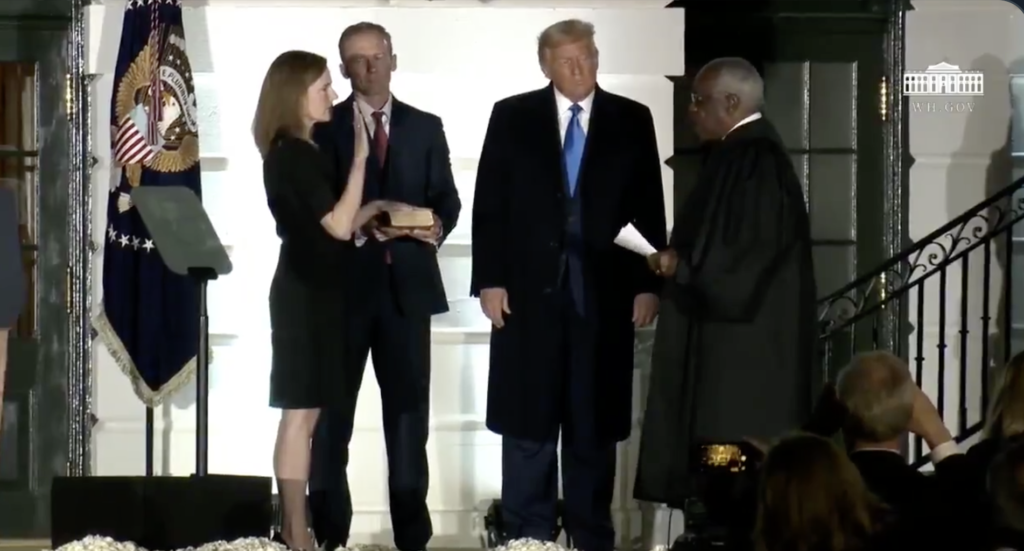
Like it or Not, Amy's In.
-

If Only We All Had Rich Daddies
-
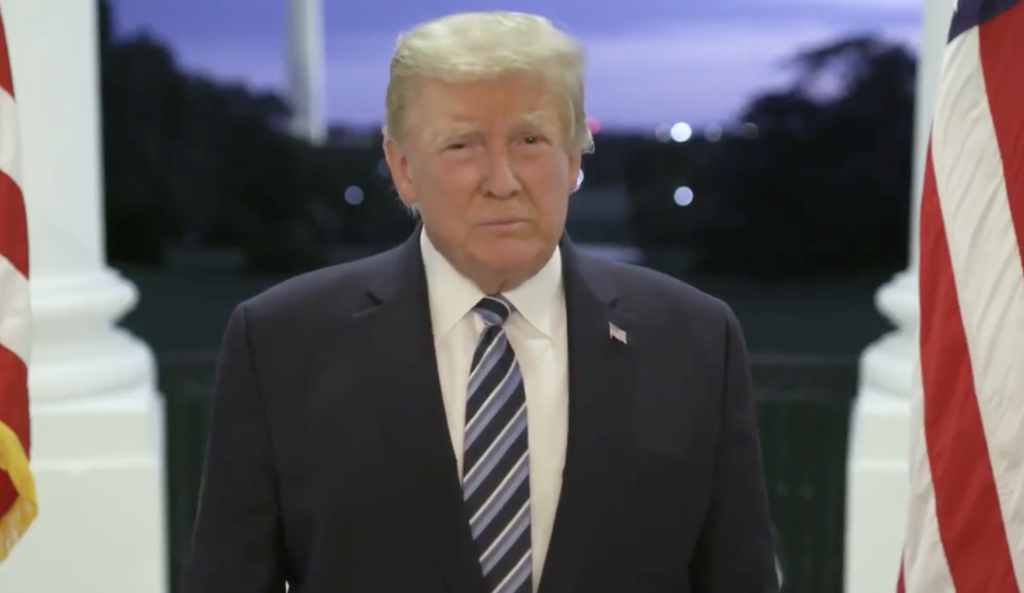
"Don't Be Afraid of COVID!" He Says
-
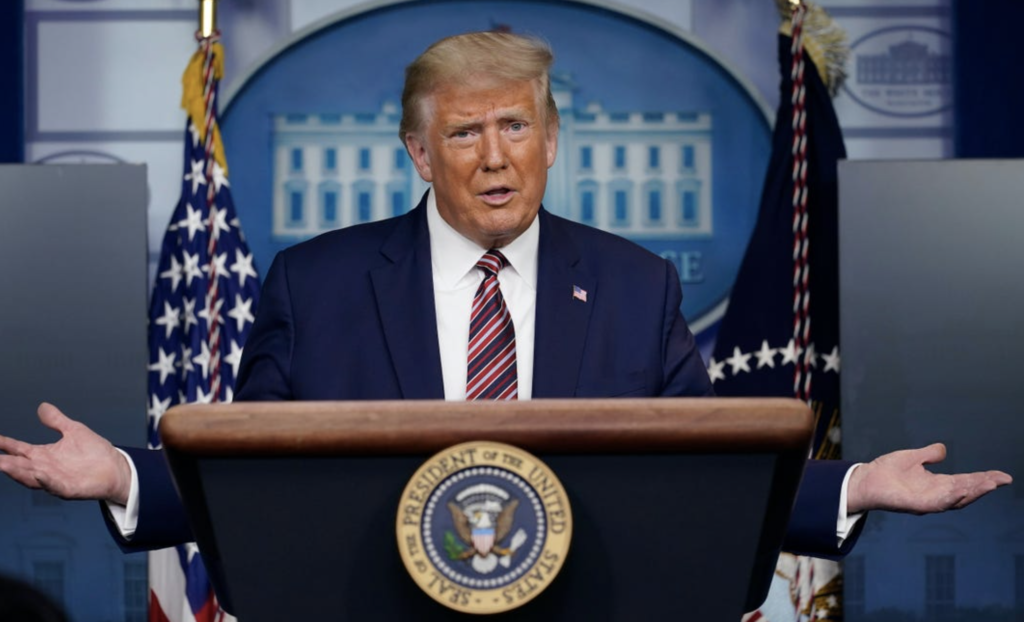
Trumps In The Hospital and His Cronies Are Infected
-
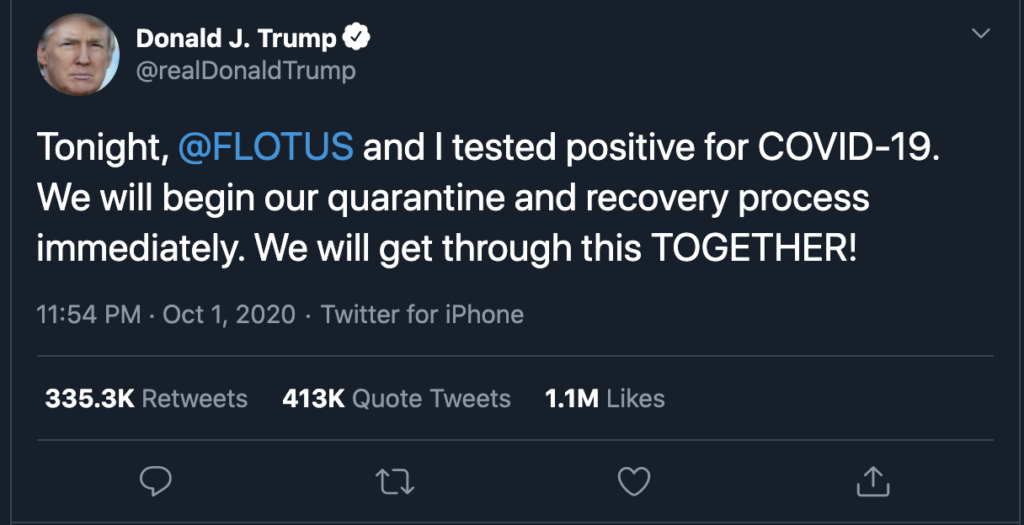
Trump Tests Positive for the 'China Virus'
-
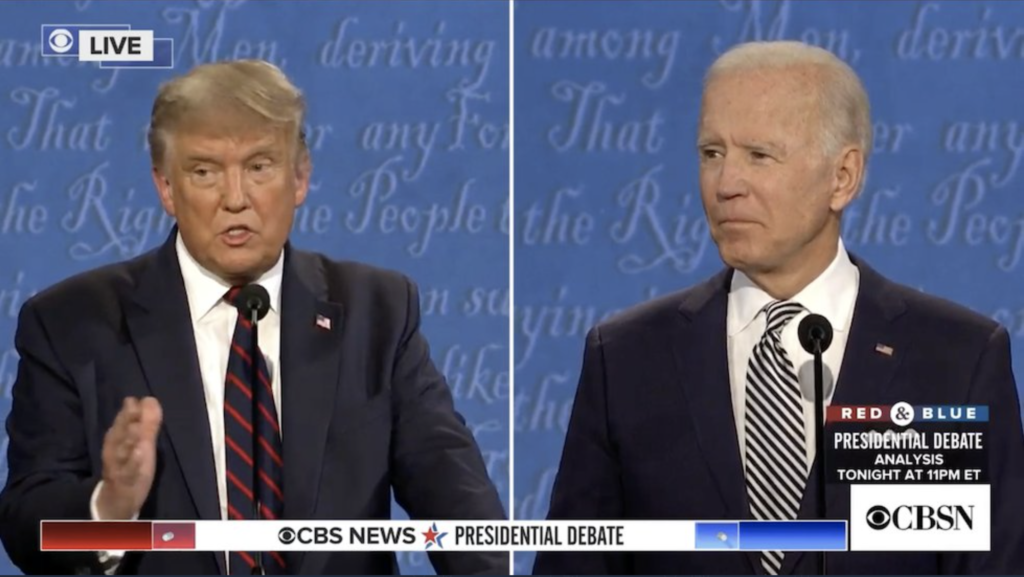
What A Shit Show!
-
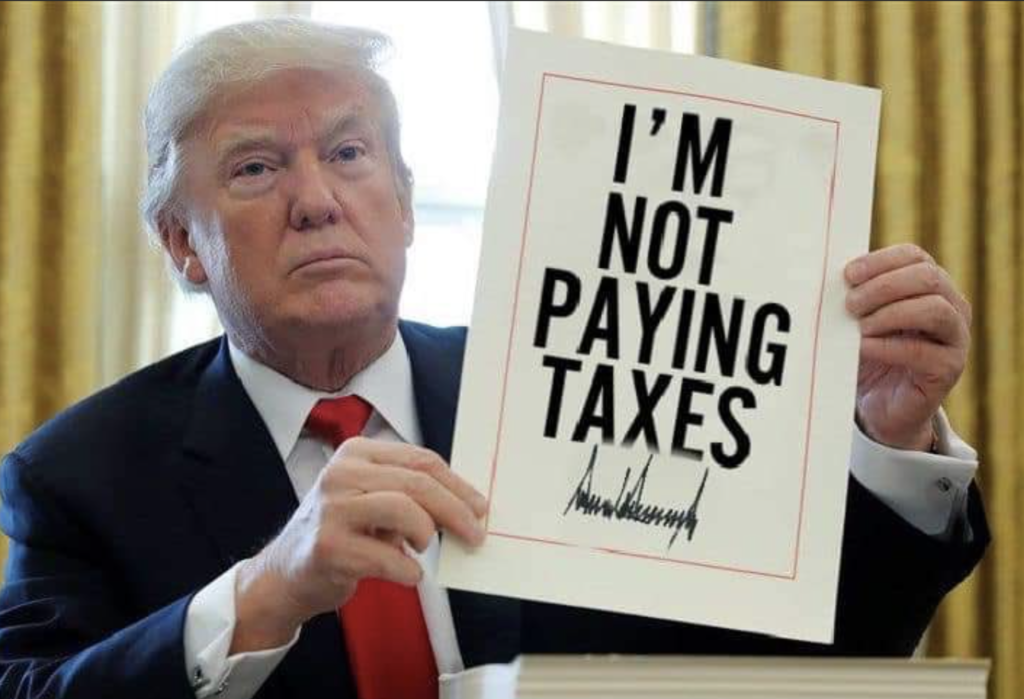
Is Anyone Really Surprised??
-

McCain Endorses Biden, Trump No Likey
-
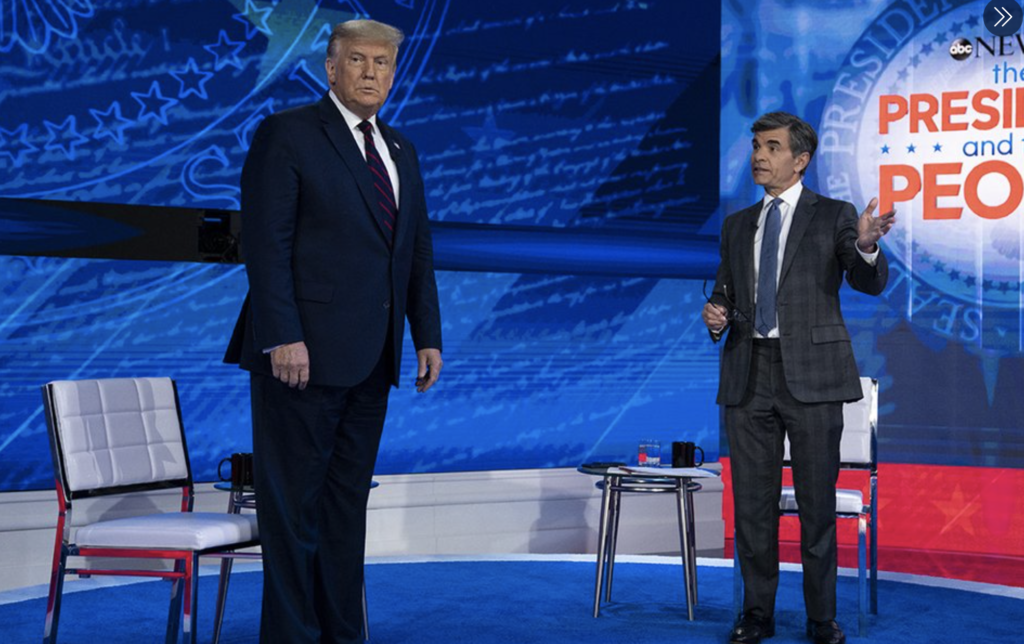
Don't Believe Your Ears, Believe Me.
-
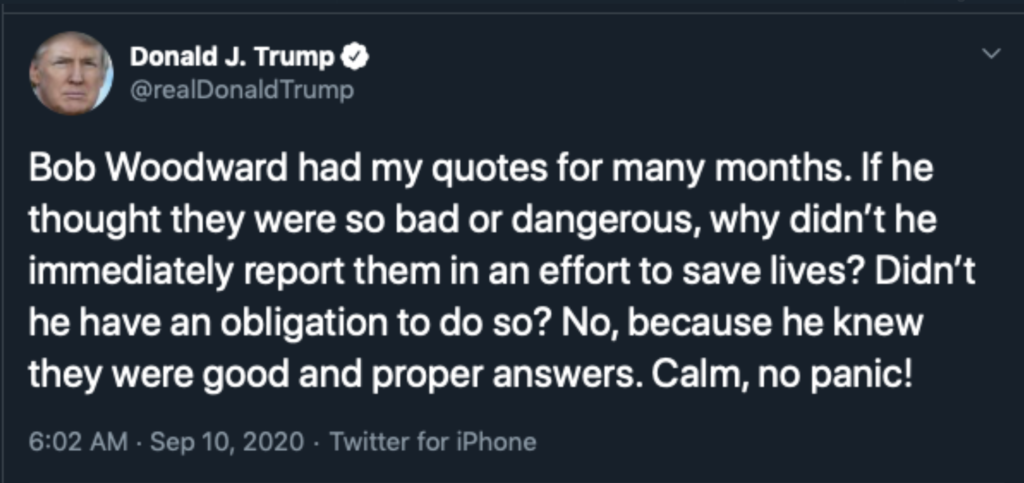
Can Trump's Actions Really Shock You Anymore?

